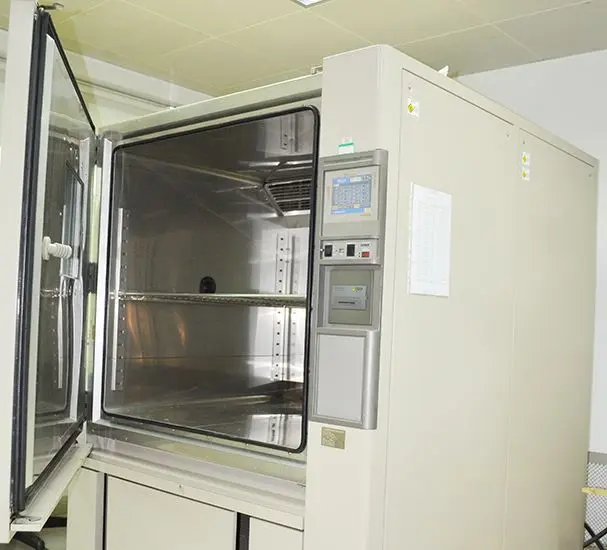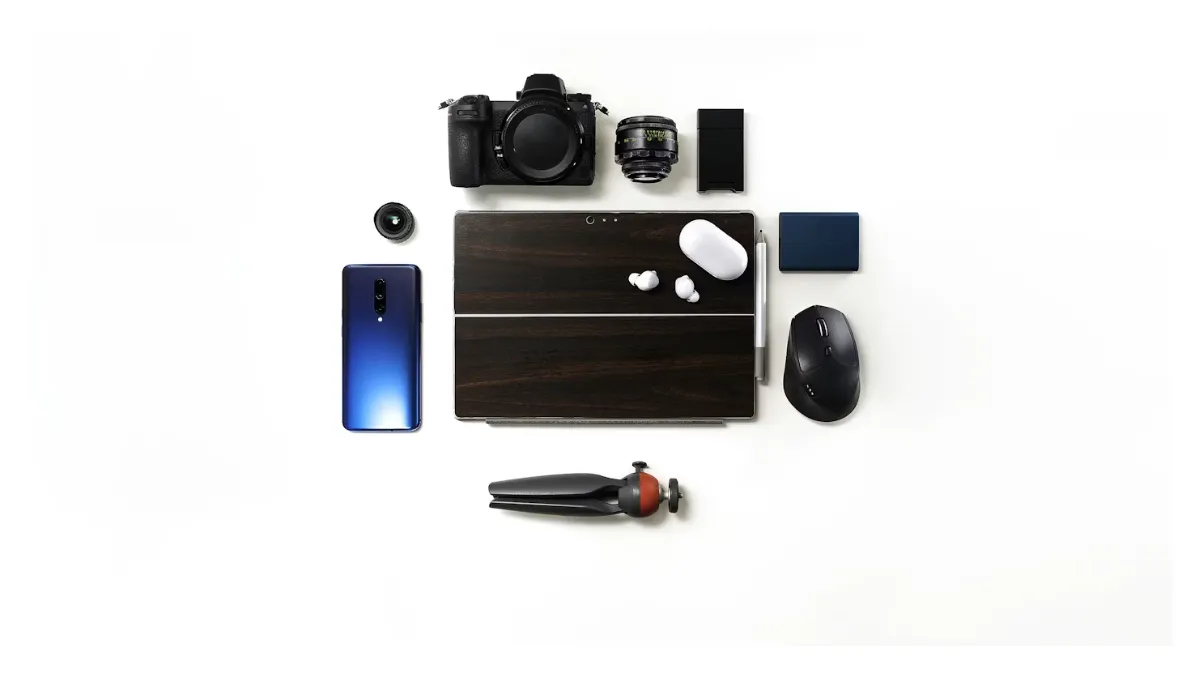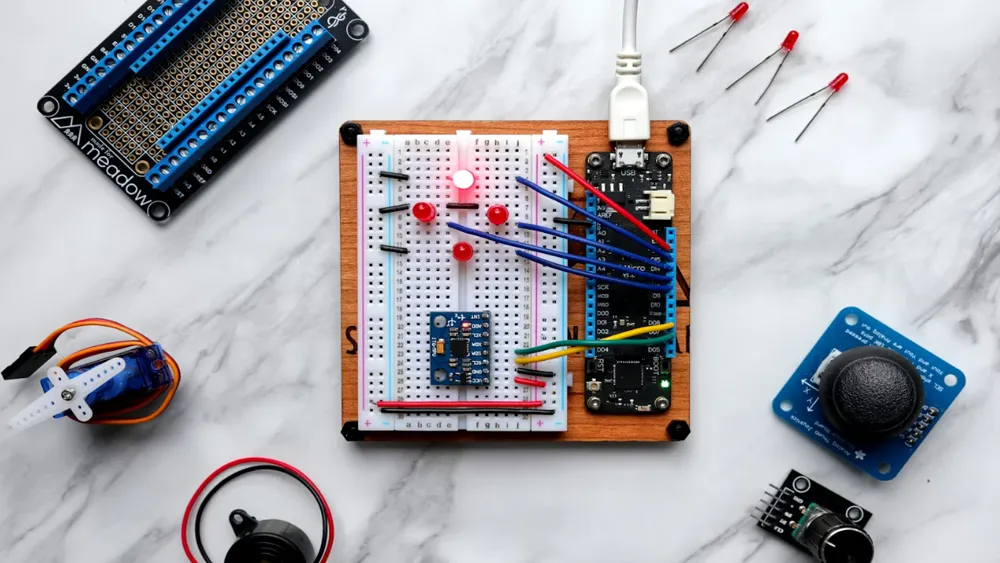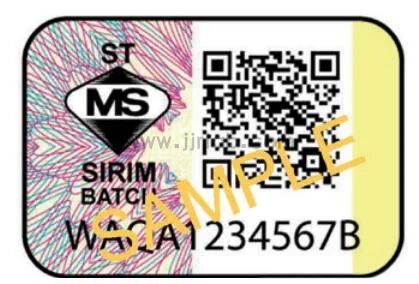
What is NOM Certification in Mexico?
Before exporting products such as laptops, mobile phones, air conditioners, washing machines, MICrowave ovens, toys, and medical devices to the Mexican market, it is necessary to apply for NOM certification. With a market of over 100 million people, manufacturers and importers must obtain nom certification to sell their products in Mexico.

What is NOM Certification?
NOM (Normas Oficiales Mexicanas) is a mandatory safety mark in Mexico, indicating that a product meets the relevant NOM standards. The NOM mark applies to most products, including telecommunications and information technology equipment, household electrical appliances, lighting, and other products that pose potential health and safety risks. Both domestically manufactuRED and imported products must comply with the relevant NOM standards and product regULations, ensuring quality, maintenance, and reliability. Test reports are issued by SECOFI-accredited laboratories and reviewed by SECOFI, ANCE, or NYCE. If a product meets the regulations, a certificate is issued to the manufacturer or the exporter’s Mexican representative, allowing the product to bear the NOM mark.
For electronic and electrical products, the relevant NOM testing and certification are primarily handled by the following organizations:
- ANCE: Covers all household appliances such as air conditioners, televisions, and lighting products.
- NYCE: Covers all electronic products, communication products, and data processing equipment such as laptops and electronic toys.
NOM Certification Applicable Product Ranges
NOM-001-SCFI-1993 Applicable Products:
- Radio receivers of one or more commercial frequency bands and modulation modes.
- Black and white and color television receivers, TV monitors.
- Video projectors.
- Sound amplifiers.
- Magnetic-tape sound and image reproducers and/or recorders.
- Manual and automatic record players.
- Acoustic enclosures with built-in amplifiers.
- Remote controls for any devices covered by this Standard.
- Signal amplifiers.
- Microwave ovens.
- Monitors.
- Separate sources for supplying power to devices and substituting cells and batteries.
- Combinations of two or more of the above devices such as radio-phonographs, consoles, and modular equipment.
- Other electronic devices, implements, accessories, and systems intended for household use.
- Electronic musical instruments.
- Electronic accessories such as rhythm generators, tone generators, music synthesizers, and others used with electronic and non-electronic instruments.
- Video games and video-game generating devices connected to a TV.
NOM-016-SCFI-1993 Applicable Products:
This standard applies to electronic and electromechanical equipment used in offices and schools for completing various tasks in these settings. Equipment covered includes electronic typewriters, photocopiers, and/or copying machines for duplicating documents, calculators, electronic blackboards, telex fax machines, and other office and school equipment. It applies to both Mexican-manufactured and imported products.
- Machines using paper sheets sized less than or equal to 22 cm x 36 cm.
- Ink-jet printing machines.
- Electronic and electric typewriting machines with an embedded printing device.
- Electronic calculators, accounting machines, and other calculation equipment.
- Electronic diaries or data storage devices.
- Electronic translators.
- Cash registers, point of sales equipment, and similar devices.
- Facsimile devices.
NOM-019-SCFI-1998 Applicable Products:
This Mexican official standard outlines the safety requirements for peripheral data processing equipment or related devices sold within the United Mexican States.
- Portable electronic data processing machines such as laptops, notebooks, and handheld computers.
- Microcomputers, personal systems, personal computers, network terminals, servers, or equivalents.
- Printers, plotters, external disk drives, external tape drives, digitizing tablets, image scanners, optical readers, monitors, and terminals.
- Machines for word processing.
- Automatic analogical or hybrid machines for data processing.
- Hand-held automatic machines or digital data processing devices weighing equal to or less than one kilogram, comprising at least a CPU, a keyboard, and a display.
- Combined units with an input/output unit and systems presented in system form.
- Digital processing units including memory units, input units, and output units.
- Color and monochrome monitors with cathode ray tubes.
- Non-cathode ray tube monitors with a visual field of 14" diagonally measured.
- Laser printers, LED printers, ink-jet printers, thermal transfer printers, and ion deposition printers.
- Combined input and output units (interfaces).
- Optical readers (scanners) and magnetic ink reading devices, bar codes.
- Local area network (LAN) devices (concentrators, routers, distributors, repeaters).
- Control units or adapters and their interfaces.
- Modems.
- Multimedia systems.
- Digital photographic cameras.
- Disk units for local area networks, controlling or adapting disks, with their own carcasses.
- Memory units presented in their own carcasses.
- Peripherals such as keyboards, mice, remote control pointers, digitizing pads.
- CD ROM units.
- Medical equipment for home use or self-diagnosis equipment controlled by data processing equipment.
- Other devices resulting from new technological developments.
NOM-058-SCFI-1999 Applicable Products:
This standard covers the safety requirements and test methods for the following types of ballasts:
- Electromagnetic ballasts for normal/rapid/instant-start fluorescent lamps.
- Electronic ballasts for normal/rapid/instant-start fluorescent lamps.
- Electromagnetic ballasts for high-pressure sodium vapor lamps.
- Electronic ballasts for high-pressure sodium vapor lamps.
- Electromagnetic ballasts for low-pressure sodium vapor lamps.
- Electronic ballasts for low-pressure sodium vapor lamps.
- Electromagnetic ballasts for mercury vapor lamps.
- Electronic ballasts for mercury vapor lamps.
- Electromagnetic ballasts for lamps with metal additives.
- Electronic ballasts for lamps with metal additives.
- Hybrid ballasts for the lamps mentioned in subsections 2.1.1 through 2.1.10 of this Official Mexican Standard.
NOM-032-ENER-2013 Applicable Products:
This standard sets the maximum electrical power requirements for devices and appliances in standby mode. It also specifies the energy efficiency labeling requirements for products covered by the Mexican official standard sold in Mexico.
Applicable to the following electrical and electronic devices:
- Adapters for digital TV decoders through cable, satellite, and internet protocol (IP) reception of TV signals.
- Devices for image reproduction such as printers, scanners, photocopiers, and multifunction microwaves.
- Calculators, standalone audio, video playback, or home theater sound equipment with digital versatile disc (DVD) or high-definition digital album (Blu-ray disc) players and LED TV screens.
- LCD displays, plasma panels, OLED panels with single-phase power voltage of 100 V to 277 V AC and 50 Hz or 60 Hz, manufactured or imported and sold nationwide.
NOM Certification Application Process:
nom certificates are typically valid for one year and require periodic testing. If the verification includes a quality system check, the certificate is valid for three years. Certificate holders are usually individual importers, manufacturers, or distributors. Foreign manufacturers can apply for the certificate through verification agencies recognized by the Mexican Standards Committee.
Label Information on Packaging:
1. Name and address of the importer or distributor.
2. NOM mark.
3. Country of origin information.
4. Product input/output ratings.
5. Product name and model.
6. Packaging quantity.
(Note: Products with a voltage below 24V have no requirements.)
NOM Certification Requirements:
1. Find a third-party testing agency to provide services.
2. Send at least two samples to the testing agency for testing.
3. Provide all product information (in Spanish).
4. Submit a certification application to the testing agency.
5. Provide the name and address of the Mexican distributor or importer.
NOM Certification Factory Inspection:
Factory inspection is not required.
NOM Certification Validity:
Annual renewal is required.
Email:hello@jjrlab.com
Write your message here and send it to us
 SIRIM Certification for Battery Exports to Malaysi
SIRIM Certification for Battery Exports to Malaysi
 ANATEL Certification for Power Banks and Phone Bat
ANATEL Certification for Power Banks and Phone Bat
 Products Subject to Mandatory ANATEL Certification
Products Subject to Mandatory ANATEL Certification
 LFGB Test Requirements
LFGB Test Requirements
 RF Test Report for LTE Band 4G/5G NR Products in T
RF Test Report for LTE Band 4G/5G NR Products in T
 SIRIM and MEPS Certification for Fans in Malaysia
SIRIM and MEPS Certification for Fans in Malaysia
 U.S. CPSC Water Bead Toy Compliance Requirements!
U.S. CPSC Water Bead Toy Compliance Requirements!
 Food Contact Materials (FCM) Regulation
Food Contact Materials (FCM) Regulation
Leave us a message
24-hour online customer service at any time to respond, so that you worry!




